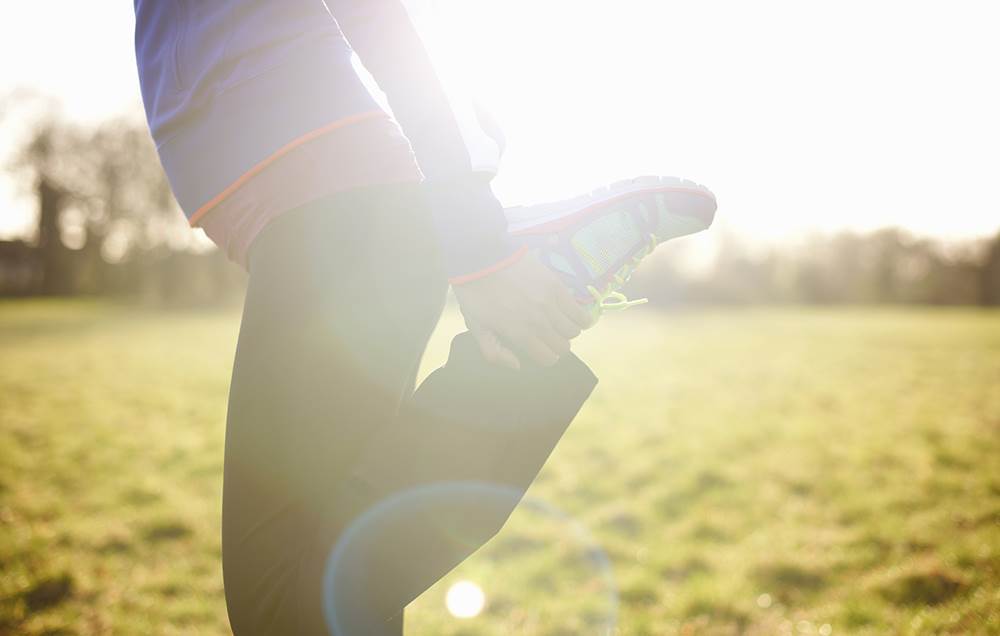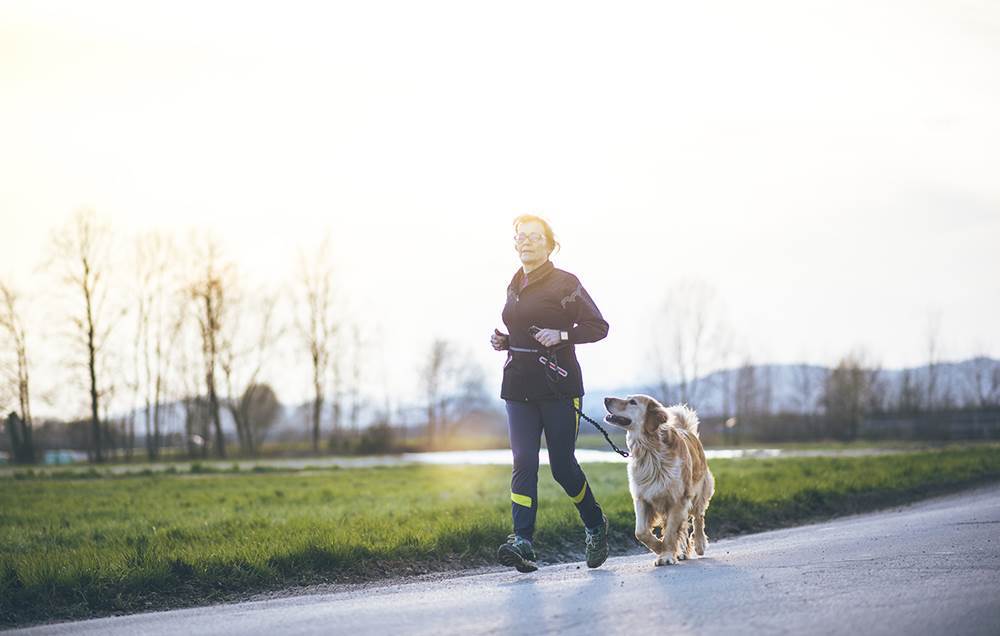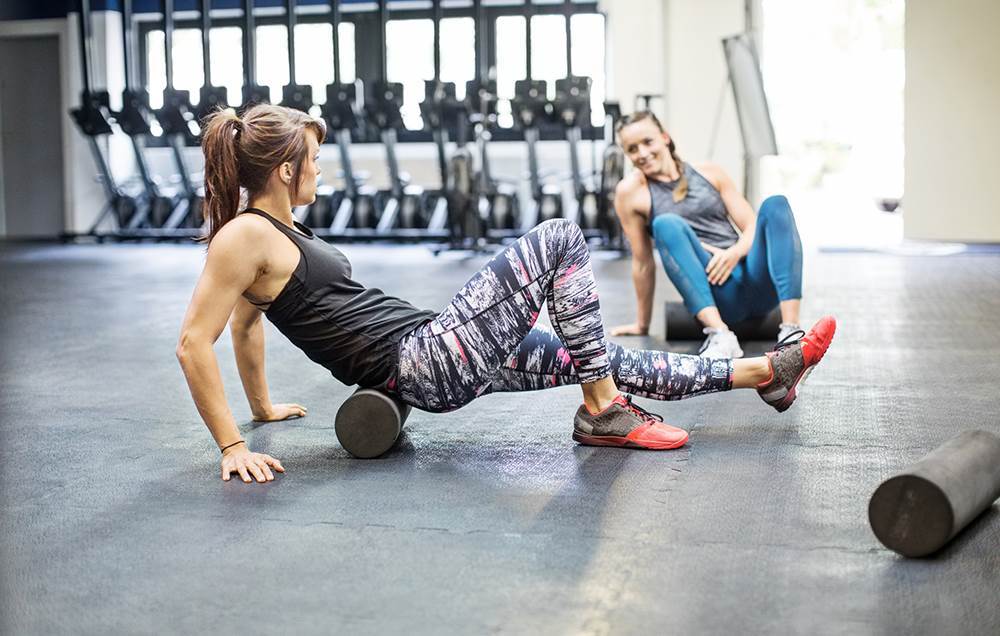Bobbie Walters was 31 years old when she started running. She was living in Miami at the time and her sister, who lived in in a different state, was about to have a baby. "Our mum called me with the news that my sister was in labour and I was so excited, nervous and overwhelmed, I didn't know what to do," she says. “So I went for a run.” This was something she literally had never done before.
The next day, Walters had a new nephew—and a new hobby. "I felt so wonderful after that first run, I woke up and ran a few kilometres the next day," she said. Walters, now 70, has run 6 kms every morning ever since. And while she says in many ways her runs feel the same as always, there have also been some changes as she ran her way through her 40s, 50s, and 60s.
Orthopedic surgeon Dr Khaled J. Saleh says this is common, and something people shouldn't ignore. "Knowing how your running might change as you get older can help you prevent injury and even maintain peak performance," Saleh says.
Here, Saleh and Walters share some of the ways running changes—as well as how it stays the same—after 40:






Photograph by Peter Muller/Getty Images
Soreness skyrockets.
Ligaments and tendons, which help to move and stabilise the joints, shorten and become less flexible with age, Saleh says. And since running can test the limits of their range of motion, you'll likely feel increasingly sore post-run with each passing year.
Walters says she can relate to this increased soreness. While it surprised her at first, it's also taught her to listen to her body. "During my runs, I'll take walking breaks to allow my muscles to rest," she says, which prevents excess soreness and injury.
Photograph by Martin Barraud/Getty Images
But thankfully, technique doesn’t suffer.
Once you learn good running form, it sticks with you—no matter your age, says Walters. Maintaining a short, quick stride; making sure your foot strikes under your knee (not in front of it); keeping your elbows bent at 90 degrees or less; relaxing your hands; and engaging your core are all elements of proper form that don't suffer with age.
Photograph by Vesnaandjic/Getty Images
Endurance decreases.
Unfortunately, age isn't on your side when it comes to how fast and long you can run. According to one study in the Journal of Physiology, endurance tends to peak around age 35, slowly decreases until age 60, and then steeply declines after 65. Walters says she sees this affecting her breath control; she gets more winded than she used to. "So, I run a little slower," she says. No biggie!
Photograph by AzmanJaka/Getty Images
Happily, you still get the same health benefits.
"If done safely and in conjunction with advice from your physician or orthopedic surgeon, running can have many positive effects on the body, particularly as we age," says Saleh. That's because the same health benefits you experienced as a younger runner—things like improved cardiovascular function, bone strength, mood, energy, weight control and more—stick around as you get older. In fact, research shows running may even help you prevent age-related mental decline, and other scientific studies show it can even add years to your life.
Walters says that running also inspires her to stick to healthy habits, such as eating well and getting plenty of sleep. "I don't overindulge at dinner because I ask myself, 'How are you going to feel on tomorrow's run?'" she says. "I attribute my good health to running."
Photograph by alvarez/Getty Images
You’ll need more recovery time.
When Walters was in her 30s, she'd bound out of bed every morning at 5:30 AM to go for her daily runs. These days, she doesn't stick to such a rigid schedule. "As I've gotten older, I notice that some mornings I can still feel my run from the day before," she says.
Declining muscle strength is likely to blame, Saleh says. "As we approach the age of 30, muscle mass decreases about 1% every year," he says. "As a result, by age 40, we've already lost about 10% of muscle mass," which can lead to muscles feeling tighter after runs. Saleh's recommendation for runners over 40: Incorporate a good strength-training routine into your workouts a few times a week to combat muscle loss, which should help you recover faster and ward off pain. In addition to these 5 essential exercises for runners over 40, try foam rolling. A study published in the Journal of Strength and Conditioning Research found that using a foam roller before breaking a sweat might reduce post-exercise fatigue.
Photograph by Ridofranz/Getty Images
It continues to stave off stress—and helps you feel like you!
Most runners will tell you something magical happens once their feet hit the pavement: Worries fade away, and they feel content, no matter what's happening in their lives. Walters can relate. "Running has always helped me forget about all of the stress in my life and focus on the here and now instead," she says. Whether it was the birth of her nephew—the happy event that prompted her to start running in the first place—or the death of her beloved first husband, Walters says she turned to running as a way to cope with her emotions. "When things were great, I ran. When things were tough, I ran," says Walters. Running has been a constant in her life, which is a big reason why it's something she doesn't see herself ever stopping. "As long as I can run, I'll never give it up."










